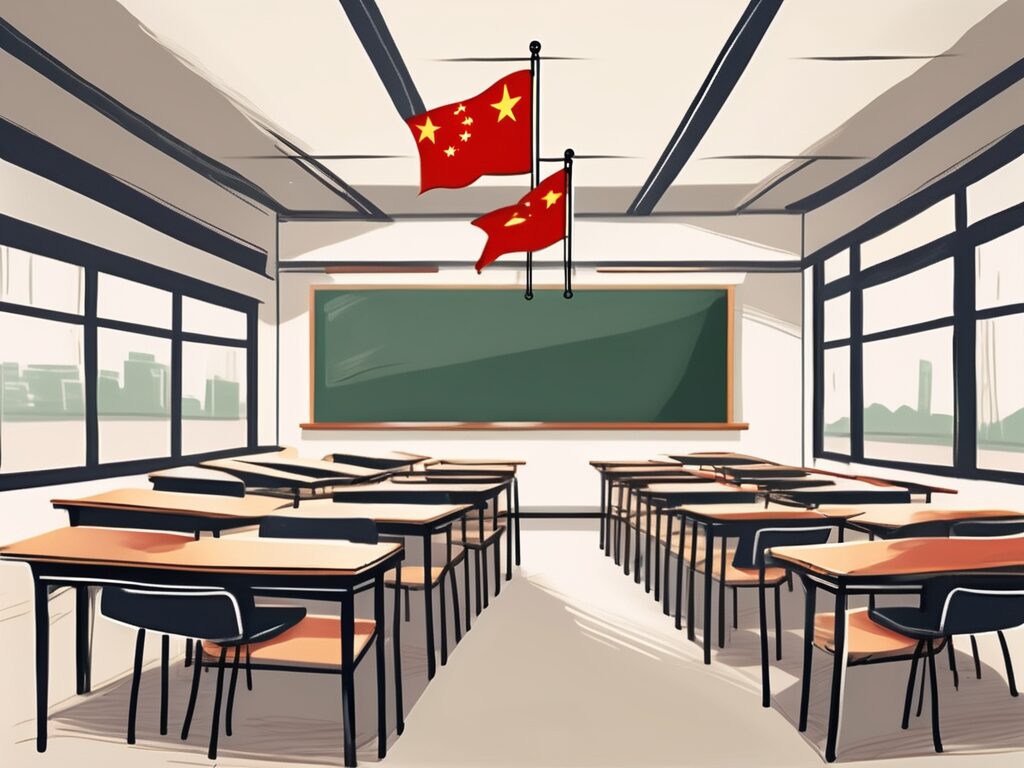What are the Concepts and Principles of Art?
Understanding the concepts and principles of art is crucial for aspiring international educators. These foundational elements not only enhance your teaching skills but also open up a world of opportunities in international schools. In this article, we will delve into the key concepts and principles of art, their importance, and how they can elevate your teaching career.
Why is it Important for Aspiring International Teachers?
The global job market for educators is increasingly competitive, with international schools seeking teachers who can offer a well-rounded education. Understanding art concepts and principles can set you apart, as it demonstrates your ability to foster creativity and critical thinking in students. According to recent data, schools that emphasize art education report higher student engagement and academic performance.
Key Skills or Qualifications Required
To effectively teach art concepts and principles, educators should possess a strong foundation in art history, techniques, and pedagogy. Qualifications such as a degree in art education or a related field, along with certifications in international teaching standards, are highly beneficial. Additionally, skills in digital art tools and cross-cultural communication can further enhance your teaching portfolio.
Steps to Get Started
1. Obtain relevant qualifications: Pursue a degree in art education and consider additional certifications in international teaching.
2. Gain experience: Volunteer or work in diverse educational settings to build your teaching experience.
3. Continuous learning: Stay updated with the latest art trends and teaching methodologies through workshops and online courses.
Challenges and How to Overcome Them
Teaching art internationally comes with challenges such as cultural differences and varying educational standards. To overcome these, educators should adapt their teaching methods to respect cultural contexts and seek professional development opportunities to align with international standards.
Best Practices and Tips for Success
– Encourage creativity: Foster an environment where students feel free to express themselves artistically.
– Integrate technology: Use digital tools to enhance art lessons and engage tech-savvy students.
– Collaborate: Work with other educators to share resources and strategies for effective art education.
Conclusion
Understanding the concepts and principles of art is invaluable for aspiring international educators. It not only enriches your teaching practice but also enhances your career prospects in the global education market. By embracing these principles, you can inspire creativity and critical thinking in your students, preparing them for a successful future.
Want to become a teacher in a Tier 1 international school? Join the course here.

